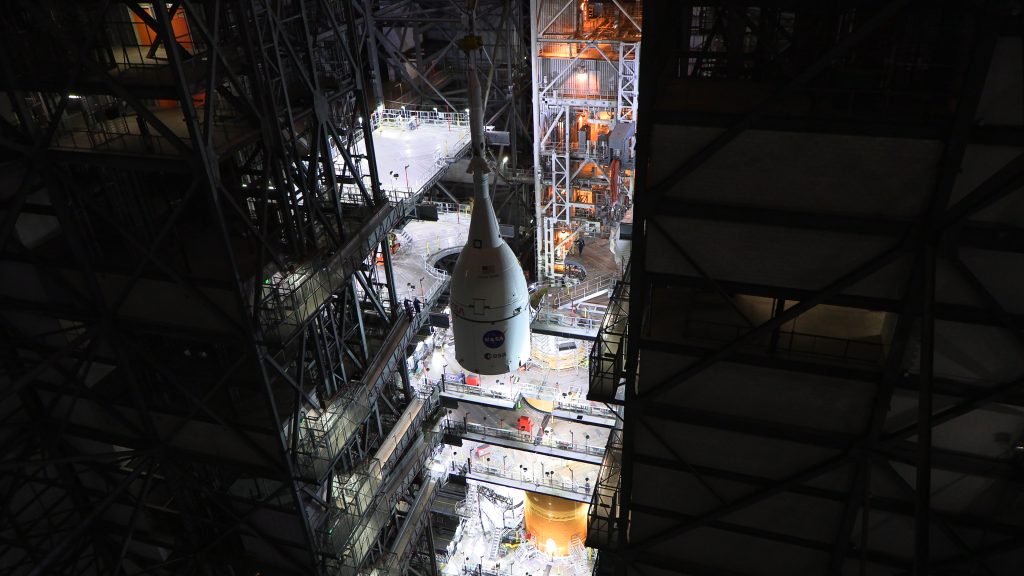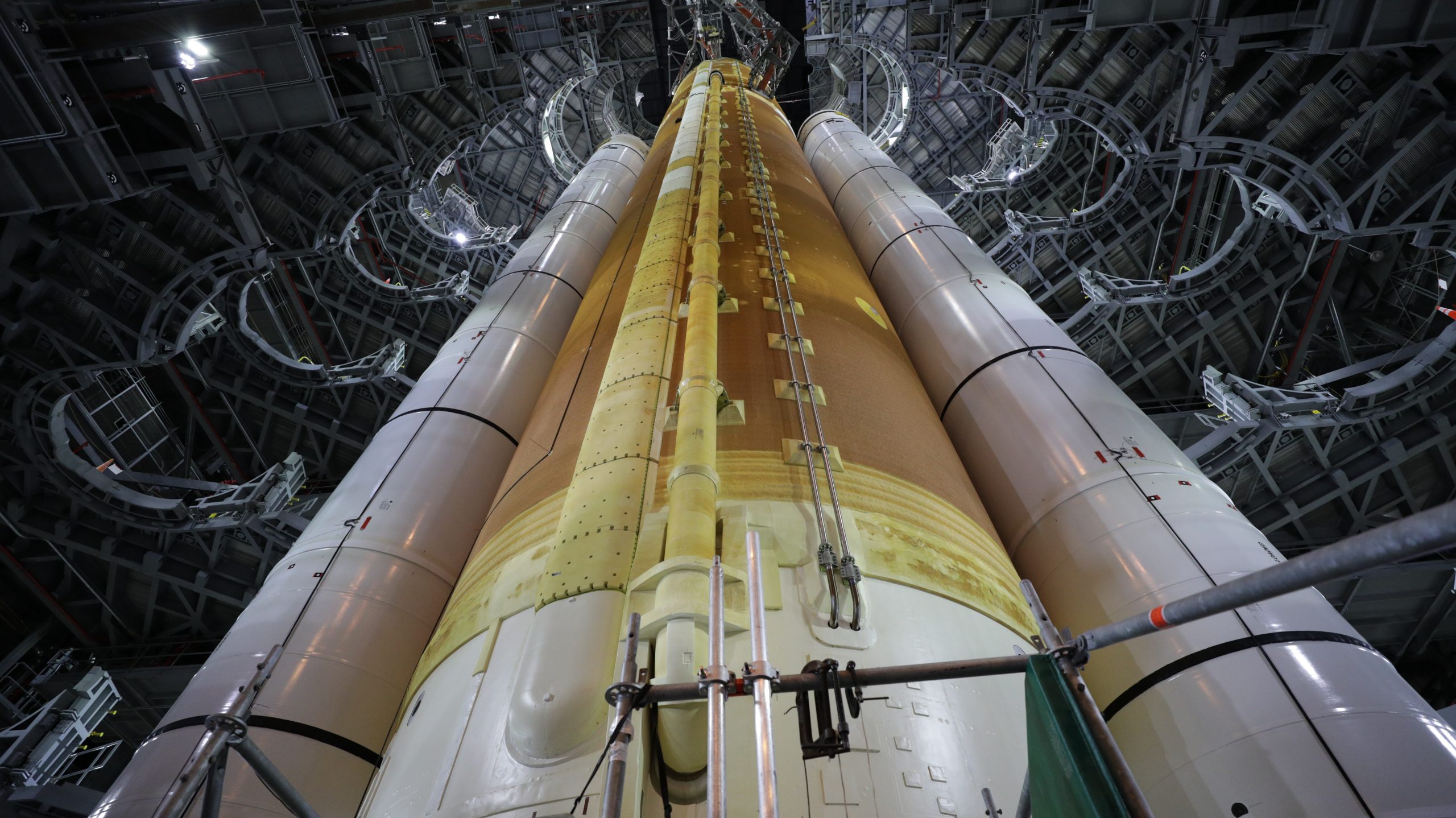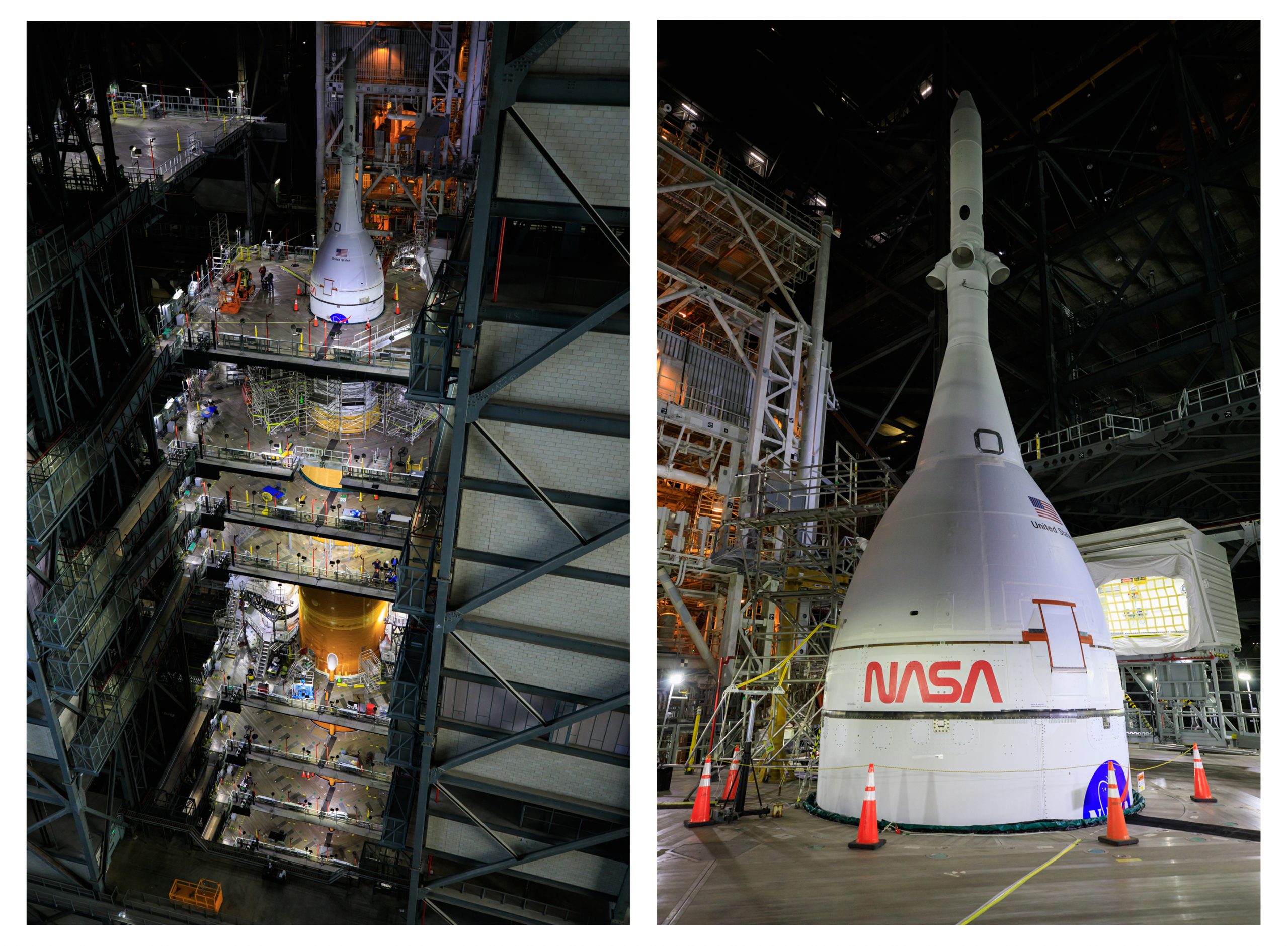
The Artemis I Moon rocket is getting closer to rolling out of the Vehicle Assembly Building (VAB) at NASA’s Kennedy Space Center in Florida for the first time.
The first two of 20 platforms surrounding the Space Launch System (SLS) and Orion spacecraft that allow work on the integrated system inside the building were retracted for roll out to Launch Complex 39B. Teams retracted the platforms, which move like hydraulic kitchen drawers, near the launch abort system on the Orion spacecraft in anticipation of the roll.
Teams are continuing to install instrumentation on the SLS’s twin solid rocket boosters inside the VAB. Thousands of sensors and special instruments will monitor the rocket and spacecraft as they roll out for the first time on March 17 and make the four-mile journey to Launch Complex 39B, arriving on March 18. Engineers will capture as much data as possible on the performance of all the systems that are part of the rocket, spacecraft, ground systems used for rollout, and on the pad for propellant loading and other activities. Once all the rocket and spacecraft systems are inspected, the 322-foot-tall rocket will roll to the launch pad for the wet dress rehearsal test, which is scheduled to occur approximately two weeks after it arrives to 39B.
The last steps remaining before rollout include inspecting each piece of the rocket and spacecraft, including physically entering different components of SLS and, step-by-step, making sure SLS and Orion are ready for the trip to the launch pad. As inspections continue, the Kennedy ground systems team is working to remove equipment and scaffolding away from the rocket and will continue retracting the platforms until the entire rocket is revealed.

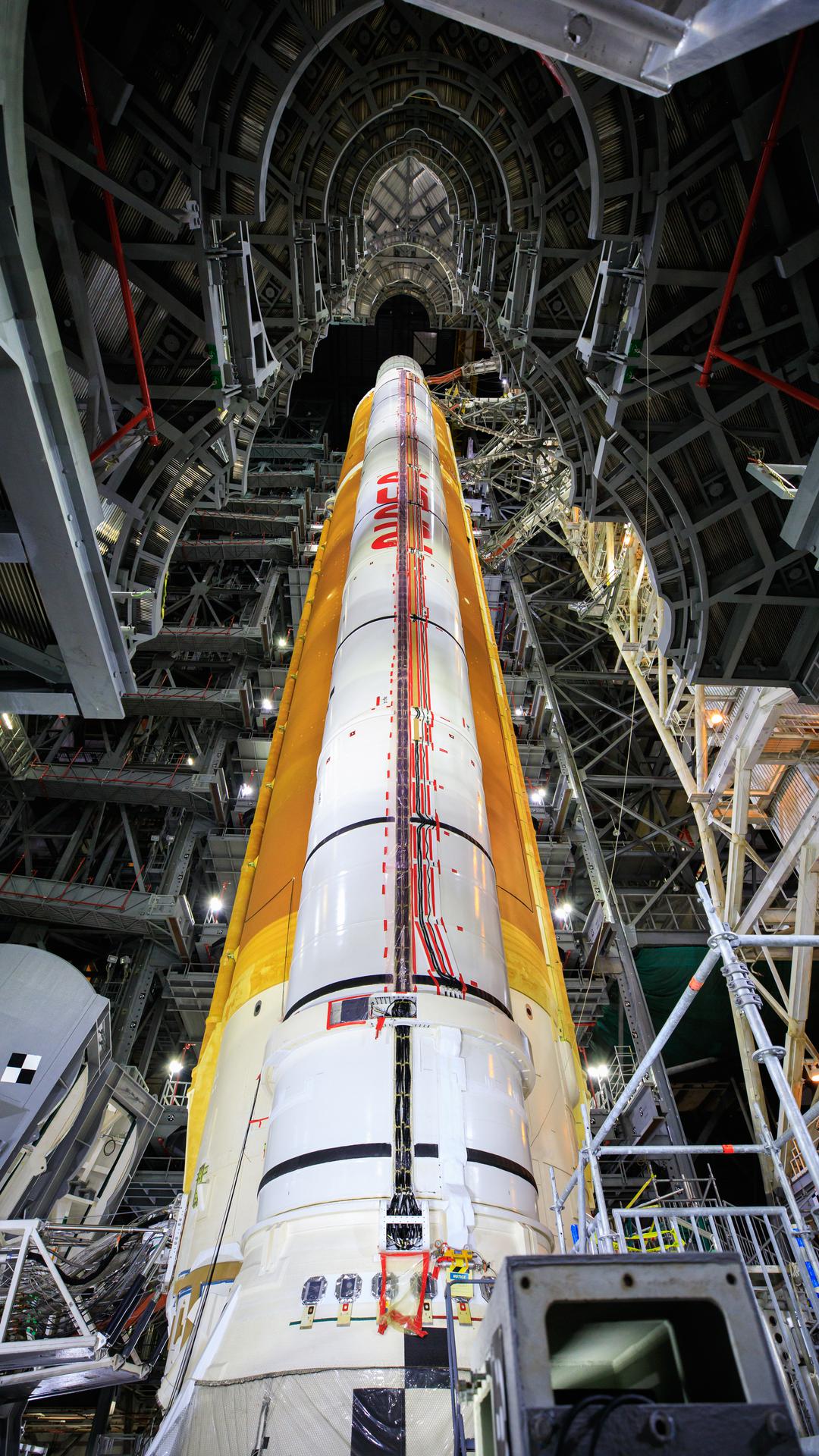
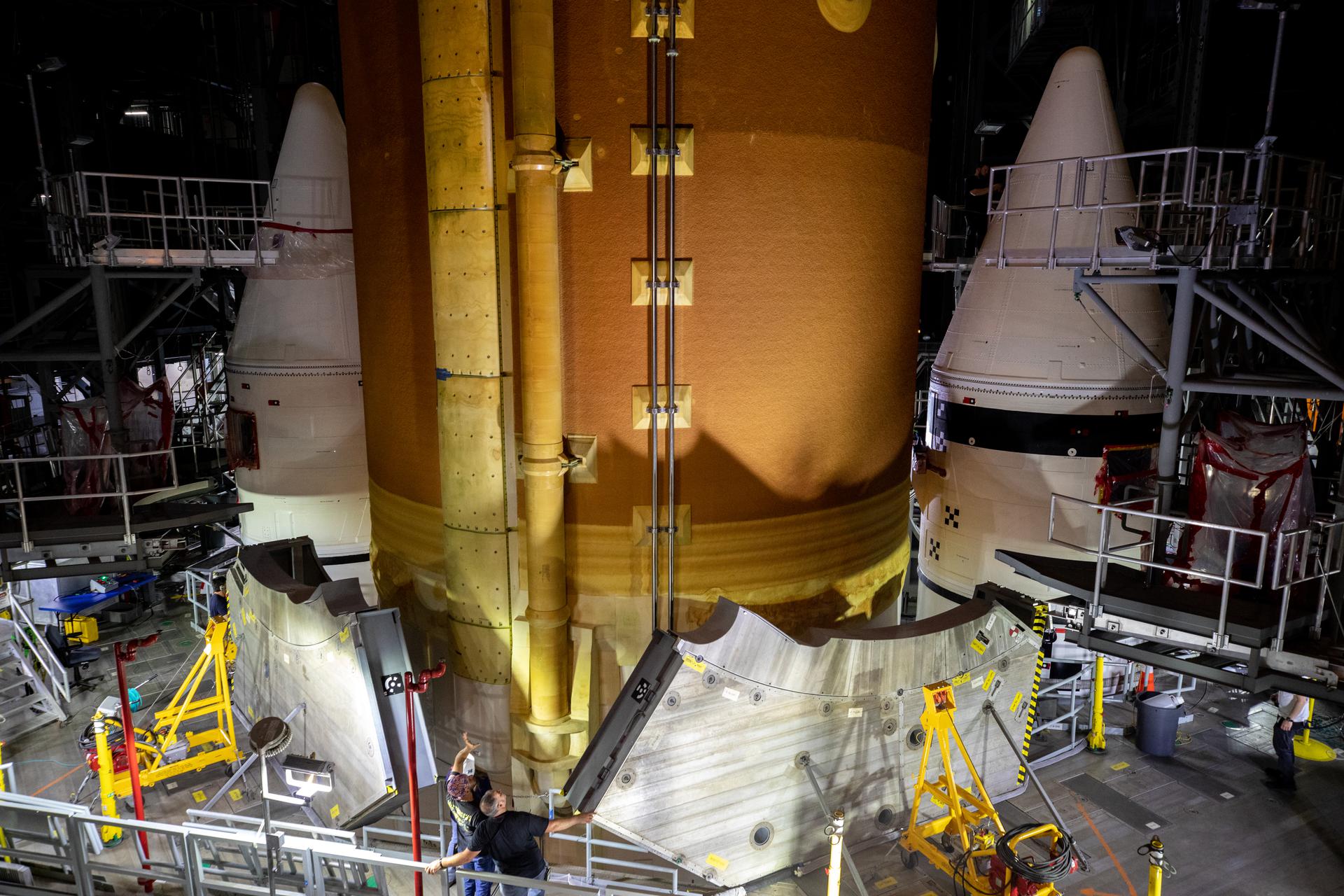
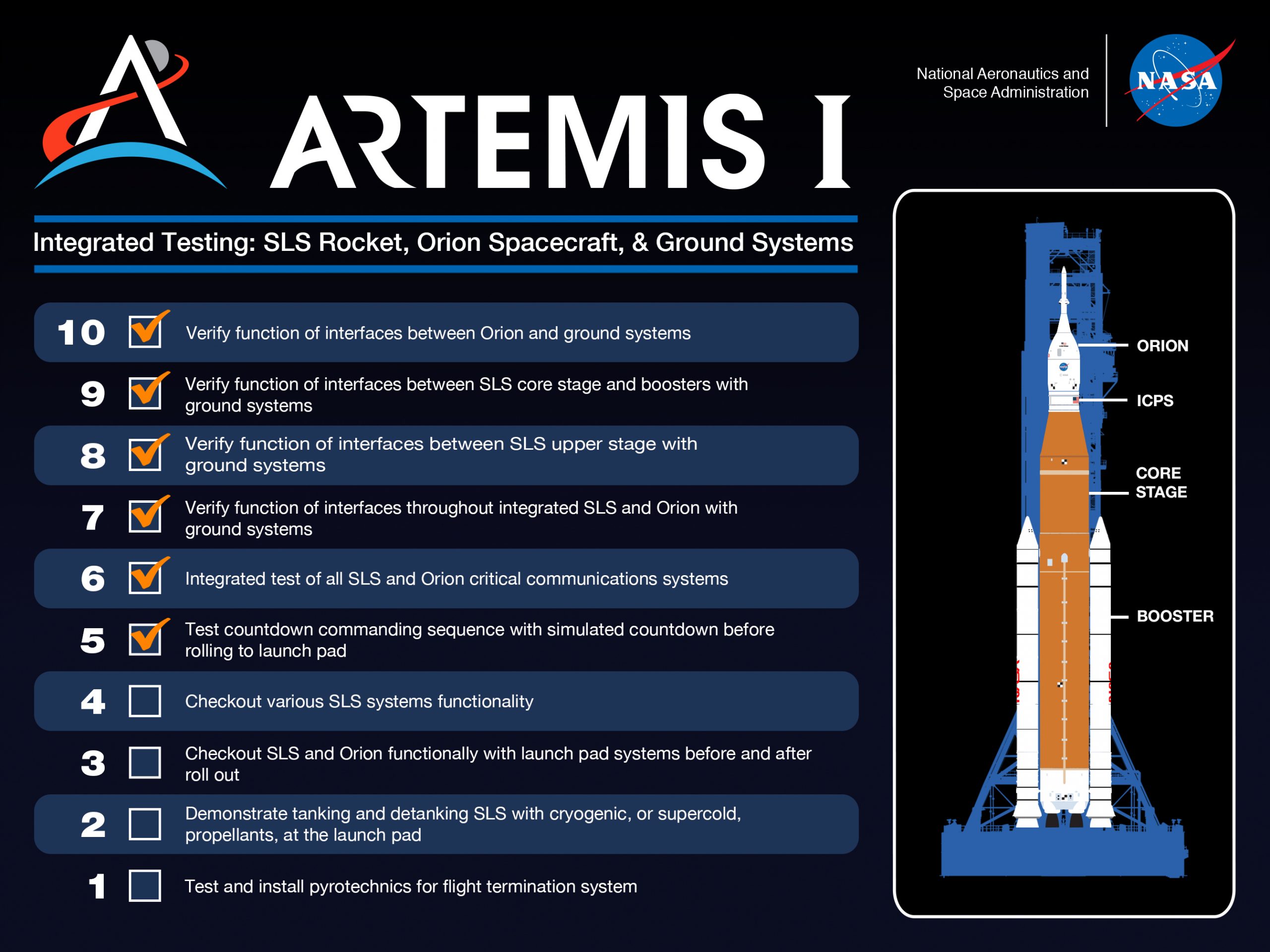 Engineers and technicians successfully completed a second countdown sequencing test on Jan. 24 inside the Vehicle Assembly Building at NASA’s Kennedy Space Center in Florida. This is one of the
Engineers and technicians successfully completed a second countdown sequencing test on Jan. 24 inside the Vehicle Assembly Building at NASA’s Kennedy Space Center in Florida. This is one of the 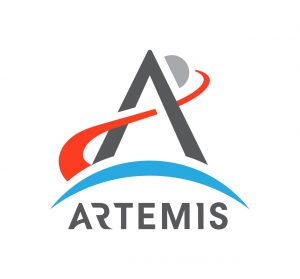 After replacing and testing one of four RS-25 engine controllers, the team conducted several tests to ensure the massive core stage is ready to roll to the launch pad for the wet dress rehearsal ahead of the
After replacing and testing one of four RS-25 engine controllers, the team conducted several tests to ensure the massive core stage is ready to roll to the launch pad for the wet dress rehearsal ahead of the 